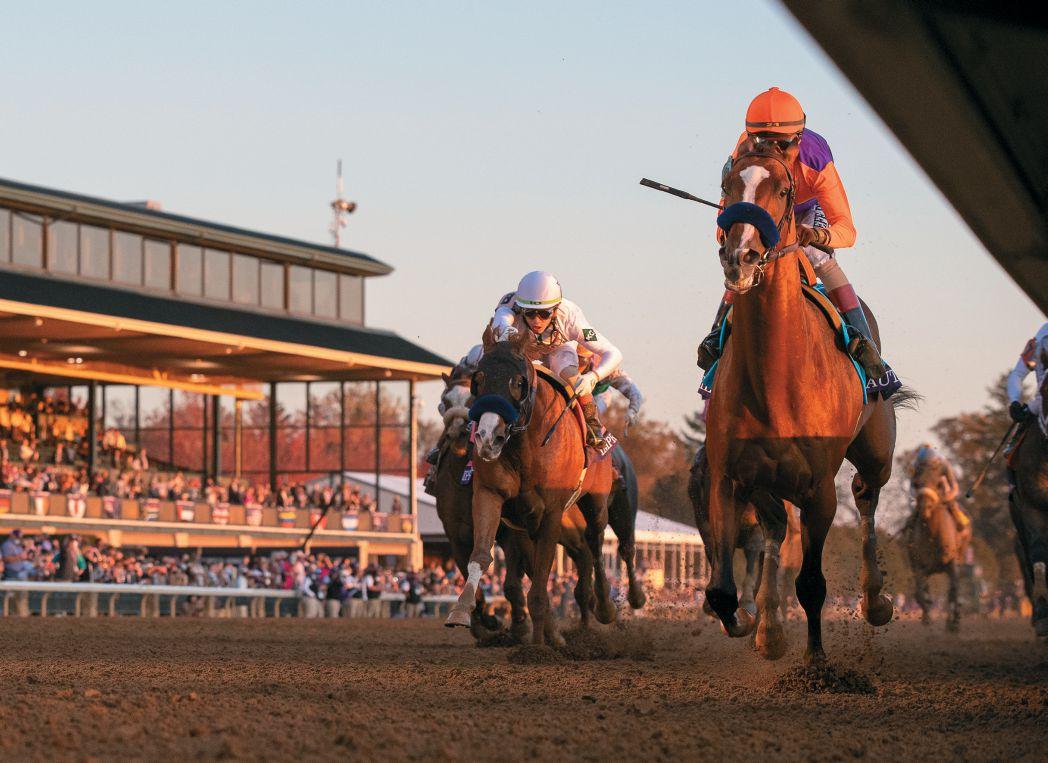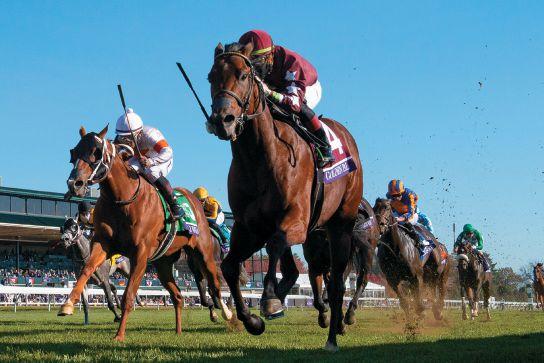Health
HOCK INJURIES INJURIES HOCK DEALING WITH A FREQUENTLY OCCURRING PROBLEM
BY HEATHER SMITH THOMAS
T
he hock is one of the largest, most complex, and hardest-worked joints in the horse’s body, so it must be strong and sturdy to avoid injury. Te hock is often under great stress because of the activities we ask the horse to do, and it might be injured during high-speed performance. Te hock is similar to the human ankle, with the same seven bones.
38
Dr. Jillian Mills, of Presidio Equine Sports Medicine & Rehabilitation in Encinitas, Calif., says hock injuries are interesting because this joint is a combination of high- and low-motion joints. “Tese joints can undergo diferent pathological changes that can lead to clinically relevant disease,” Mills explained. “A lot of times with hocks we will see acute traumatic injuries, DOD (developmental orthopedic disease), or fatigue-related injuries. Acute inju-
CALIFORNIA THOROUGHBRED ❙ December 2020 ❙ www.ctba.com
ries often involve fractures, which may include the tibia and cannon bones, as well as collateral and intra-articular ligament injuries. “Te upper joint (the high-motion joint) more often has developmental issues such as OCD fragments and subchondral bone cystic lesions. If there is an OCD fragment, the horse may need surgery to have the fragment removed. However, this is not always the case. “We know that the joint environment is not as healthy as it would be if an OCD lesion was not present. On a
SKIP DICKSTEIN
A horse’s hocks are one of its most injury-prone joints because of the high-speed activities the horse is often required to perform





